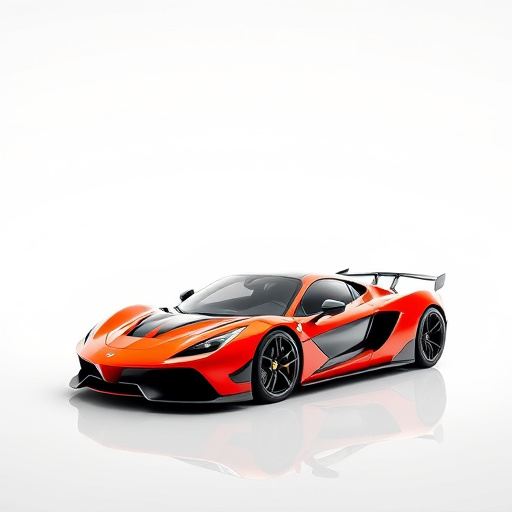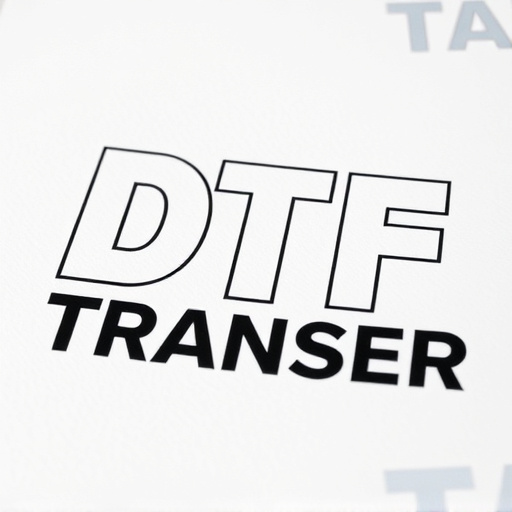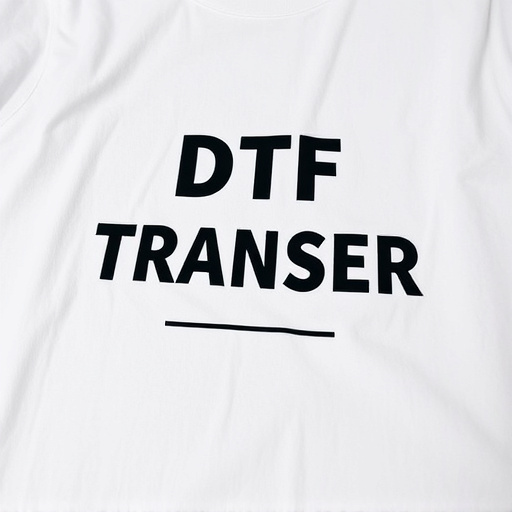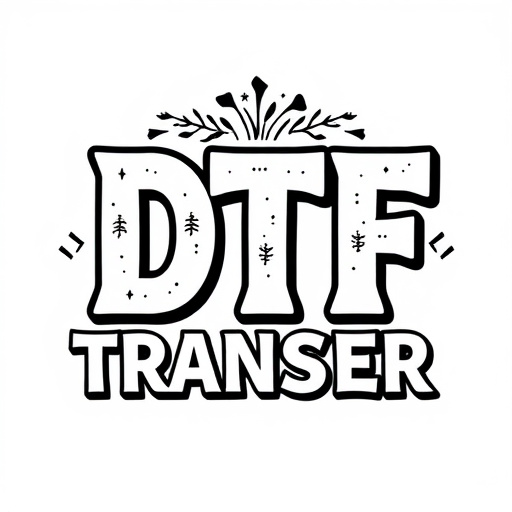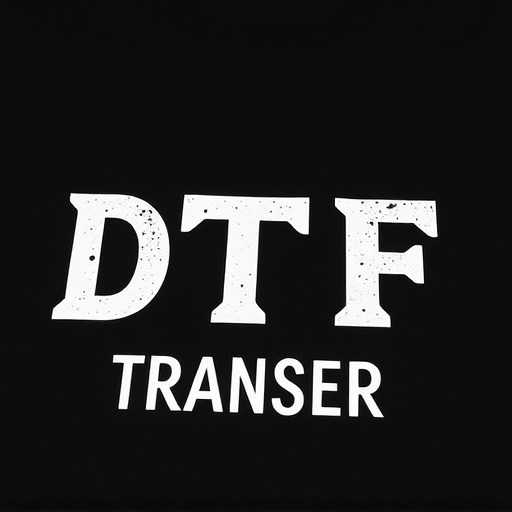The DTF (Direct Transfer) process offers an efficient way to transfer data, revolutionizing businesses' digital asset management. Key factors affecting direct-to-film (DTF) transfer durability include film quality and application methods, with proper storage and protective measures extending its lifespan from 3-5 years. Regular cleaning, avoiding sunlight and extreme temperatures, and using archival-quality storage significantly enhance DTF transfers' longevity. Compared to traditional methods, DTF offers superior bond strength, colorfastness, and outdoor durability, making it ideal for signage and fashion. Future trends in DTF technology focus on increased scratch resistance, UV protection, higher print resolution, and intricate design capabilities, promising widespread adoption across sectors like automotive and architecture.
Direct-to-film (DTF) transfers have revolutionized printing, offering vibrant, durable results directly onto various media. This article delves into the longevity of DTF technology, exploring factors influencing its durability and providing insights on care and maintenance. We compare DTF with alternative methods and discuss emerging trends shaping its future. Understanding these aspects is crucial for professionals seeking reliable, long-lasting prints, ensuring that DTF transfers live up to their reputation as a robust and vibrant solution.
- Understanding Direct-to-Film (DTF) Transfers: A Brief Overview
- Factors Affecting DTF Transfer Durability
- Expected Lifespan of DTF Transfers: What to Expect
- Care and Maintenance Tips for Prolonging DTF Transfer Lifespan
- Comparing DTF with Alternative Printing Methods: Durability Perspective
- Future Trends in DTF Transfer Technology and Longevity
Understanding Direct-to-Film (DTF) Transfers: A Brief Overview

Factors Affecting DTF Transfer Durability

The durability of a direct-to-film (DTF) transfer is influenced by several key factors, each playing a critical role in determining the longevity of the image or design. One of the primary considerations is the quality and type of film used. High-resolution films with excellent opacity and color accuracy tend to produce more durable transfers. The method of application also matters; precise and even coating ensures optimal contact between the film and the substrate, reducing the risk of peeling or fading.
Additionally, environmental conditions significantly impact DTF transfer lifespan. Exposure to direct sunlight, extreme temperatures, and moisture can accelerate degradation, causing colors to fade and the image to become brittle over time. Proper storage and handling practices are essential to mitigate these effects. Using protective coatings or laminates can further enhance durability by shielding the transfer from external elements, ensuring its longevity for years to come.
Expected Lifespan of DTF Transfers: What to Expect
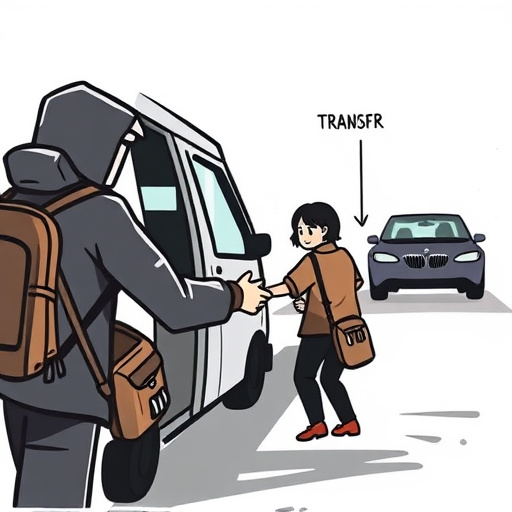
Direct-to-film (DTF) transfers are known for their vibrant colors and long-lasting durability, but understanding their expected lifespan is crucial for any project. On average, a high-quality DTF transfer can last between 3 to 5 years when properly installed and maintained. Factors such as exposure to sunlight, temperature fluctuations, and frequent handling can impact this duration.
The key to maximizing the lifespan of your DTF transfers lies in their care and maintenance. Avoiding direct sunlight by using protective coatings or mounting them indoors will preserve their colors and prevent fading. Additionally, regular cleaning and inspection for any signs of damage or wear are essential. With proper care, DTF transfers can remain visible and intact for extended periods, making them a reliable choice for long-term projects.
Care and Maintenance Tips for Prolonging DTF Transfer Lifespan

To maximize the lifespan of a Direct-to-Film (DTF) transfer, proper care and maintenance are essential. Regular cleaning is crucial to prevent dirt and dust buildup, which can degrade the image quality over time. Use a soft cloth slightly dampened with distilled water to gently wipe down the transferred surface, avoiding harsh chemicals or abrasive materials that could scratch or dislodge the film.
Additionally, avoid exposing the DTF transfer to direct sunlight or extreme temperature fluctuations. Heat and light can accelerate the aging process, causing colors to fade and the image to become brittle. Store the transferred artwork in a cool, dry place, preferably in an archival-quality sleeve or frame to protect it from physical damage and environmental factors.
Comparing DTF with Alternative Printing Methods: Durability Perspective

Direct-to-film (DTF) transfer printing offers a unique advantage in terms of durability compared to traditional printing methods. When we compare DTF with alternative techniques, such as screen printing or digital printing on vinyl, several key factors stand out. First, DTF ink is specifically designed to bond directly with the film surface, creating a stronger and more long-lasting bond. This direct application reduces the risk of ink peeling or chipping over time, which is a common issue with other methods, especially when subjected to outdoor elements or frequent handling.
Additionally, the nature of the DTF process itself ensures better colorfastness and resistance to fading. The ink is cured during the printing phase, locking in vibrant colors and preventing them from running or blurring when exposed to light or moisture. This makes DTF transfers highly suitable for long-term outdoor use, like signage, banners, and even fashion items intended for repeated washing.
Future Trends in DTF Transfer Technology and Longevity

The future of direct-to-film (DTF) transfer technology looks promising, with ongoing innovations aimed at enhancing durability and longevity. As the demand for high-quality, long-lasting images grows, especially in outdoor and high-traffic environments, manufacturers are investing heavily in research and development to meet these needs. One prominent trend is the incorporation of advanced protective coatings and layers into DTF ink formulations, which not only improve scratch resistance but also protect against ultraviolet (UV) radiation, ensuring that colors remain vibrant for extended periods.
Additionally, advancements in print resolution and precision are enabling the creation of more intricate and detailed designs with finer line work, increasing the overall visual appeal and longevity of the transfers. These improvements, coupled with better printing techniques and media choices, suggest that DTF transfer technology is poised to become a leading solution for durable decorative applications across various industries, from automotive to architecture.

